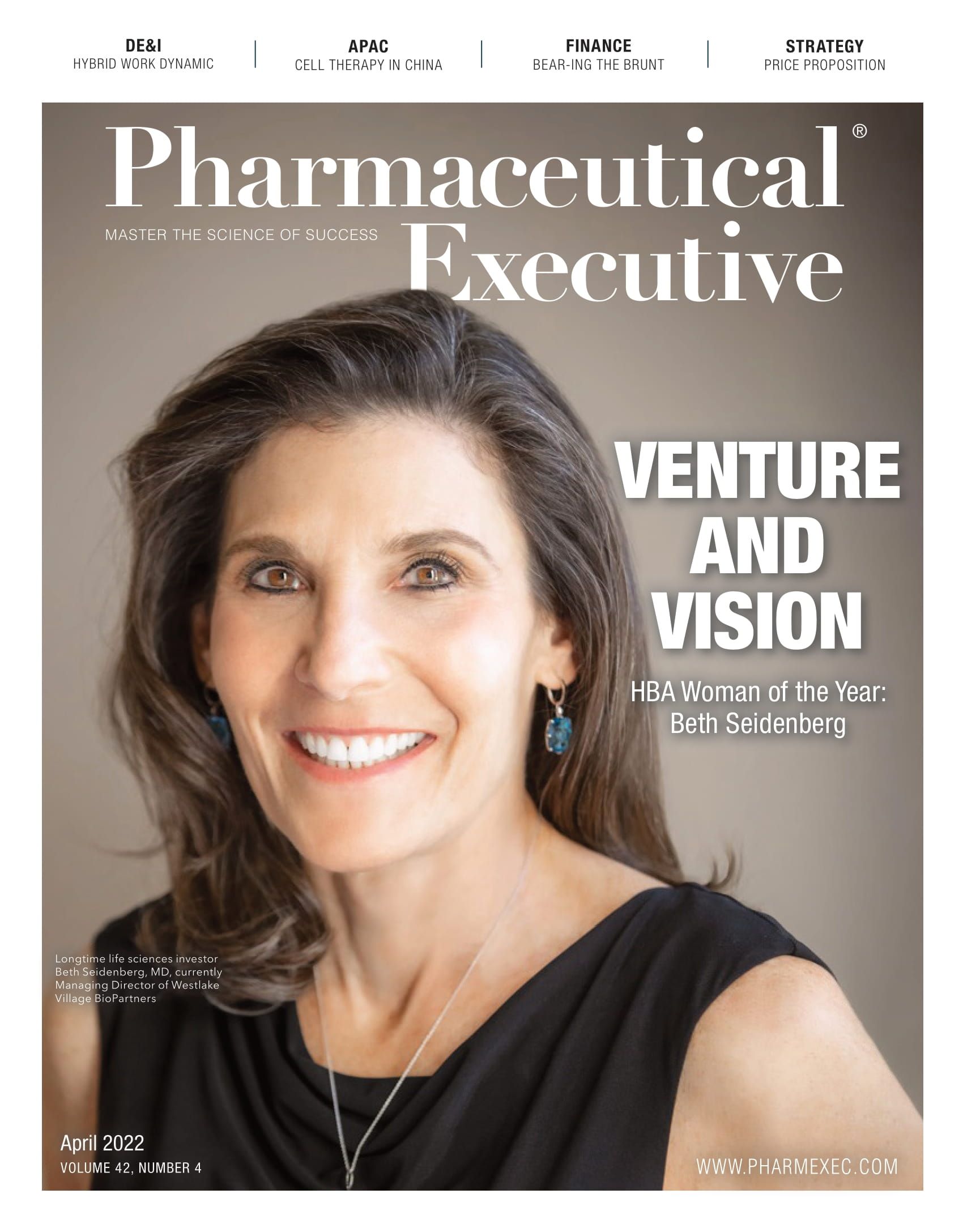- Sustainability
- DE&I
- Pandemic
- Finance
- Legal
- Technology
- Regulatory
- Global
- Pricing
- Strategy
- R&D/Clinical Trials
- Opinion
- Executive Roundtable
- Sales & Marketing
- Executive Profiles
- Leadership
- Market Access
- Patient Engagement
- Supply Chain
- Industry Trends
One to Watch: China’s Cell and Gene Therapies Industry
Exploring the market’s emergence on the global stage.

When addressing current and upcoming issues in the Asia-Pacific (APAC) pharmaceutical industry, cell and gene therapies (CGTs) should be of primary focus. It’s no surprise that a treatment market that will change the face of pharma has stakeholders rushing to invest, receiving over $70 billion of total funding last year.
China is no exception. After a wobbly start, the country’s CGT market has been boosted by an increasingly encouraging regulatory environment, improved R&D infrastructure, and influx of capital and talent. In recent years, the biopharma industry has contributed to around half of the registered CGT trials globally with some world-class breakthroughs.
To help foster a solid understanding of the CGT space, let’s examine the latest developments and key drivers that will shape its future.
Cell therapies are on the rise
According to research conducted by Nature, CAR T-cell therapy clinical trials in China have accounted for over 50% of registered CGT studies worldwide. Today, there are over 200 ongoing CAR-T trials in China across a broad range of targets and indications, from hematology-oncology to solid tumors.
Among the frontrunners, Yescarta, from Fosun Kite, and relma-cel, from JW Therapeutics, are China’s first regulatory approved CAR T-cell therapies, unveiling a new era for the industry. Hot on their heels are innovative cell therapies (CTs) from biopharma. A standout is cilta-cel, from Legend Biotech, which has successfully landed on the global stage, receiving FDA approval on Feb. 28.
Gene therapies show promise
While lagging behind CTs, China’s gene therapy (GT) market has great potential. GTs for rare diseases are of particular interest, as China’s large population base and ready patient pools could be an inherent advantage. Neurophth Therapeutics made headlines in January as its GT drug candidate for Leber’s hereditary optic neuropathy simultaneously received FDA investigational new drug (IND) clearance and European Medicines Agency (EMA) orphan drug designation. Meanwhile, China has joined the global race to launch hemophilia drugs. So far this year, Belief Biomed accomplished first patient dosing and Shanghai Vitalgen BioPharma submitted its own IND to the Center for Drug Evaluation (CDE).
Key drivers fueling development
1. Policy. The success of CGT products in any market is largely dependent on policy. Regulation is necessary, as the required checks and balances ensure the safety of these complex, life-changing treatments. In China, key policymakers have marked CGT as a strategic priority. At the same time, the CDE has issued a series of technical guidelines, supporting CGT development. However, recent guidance contradicts these efforts, stating that foreign investors can’t collaborate with Chinese companies regarding human stem cell, genetic testing, and gene therapies. This is a blow to an industry that is global in nature, possibly standing in the way of further growth.
2. Early access opportunities. China access tends to be more difficult for international players, yet “pilot zones” help bypass this problem. For example, Hope City and Medicine Connect provide unique opportunities for early access and to treat patients with therapies that have been approved overseas but not in China. More recently, free trade zones such as Shanghai Pudong are also emerging as access options. Shanghai’s latest policies support local access and real-world evidence studies around novel therapies, including CGTs.
3. Innovative funding pathways. CTs tend to be expensive, so companies are finding ways to cut costs. Fosun Kite and JW, for example, have been proactively leveraging funding pathways, such as commercial health insurance schemes, financing solutions, and outcome-based insurances, benefitting hundreds of patients. GTs come with even bigger price tags. To overcome the potential sticker shock, firms in China will need to demonstrate GT’s unique value as a one-time cure and explore different options for patients in need.
China’s CGT industry promises to be a formidable competitor on the global stage—especially if it continues to adopt collaborative and creative approaches to shape policies, accelerate access, and improve affordability.
Ivy Jiang, senior consultant, and additional collaborators in Simon-Kucher’s life sciences division in Shanghai contributed to this article.
Bruce Liu, partner at Simon-Kucher & Partners, leading its life sciences division in greater China

IMF Chief Medical Officer Discusses Global Initiatives to Improve Myeloma Treatment
August 20th 2024In an interview with Pharm Exec Associate Editor Don Tracy, Joseph Mikhael, chief medical officer, IMF, offers a glimpse at multiple initiatives that the IMF is working towards to improve myeloma treatment globally.
